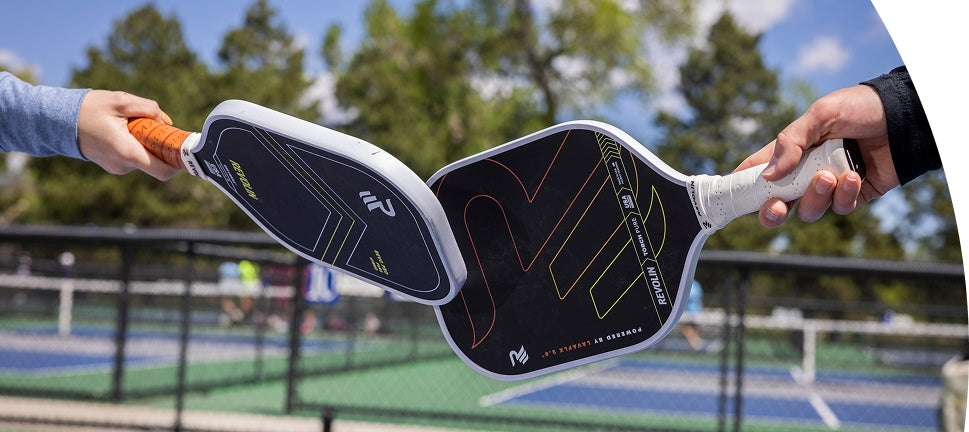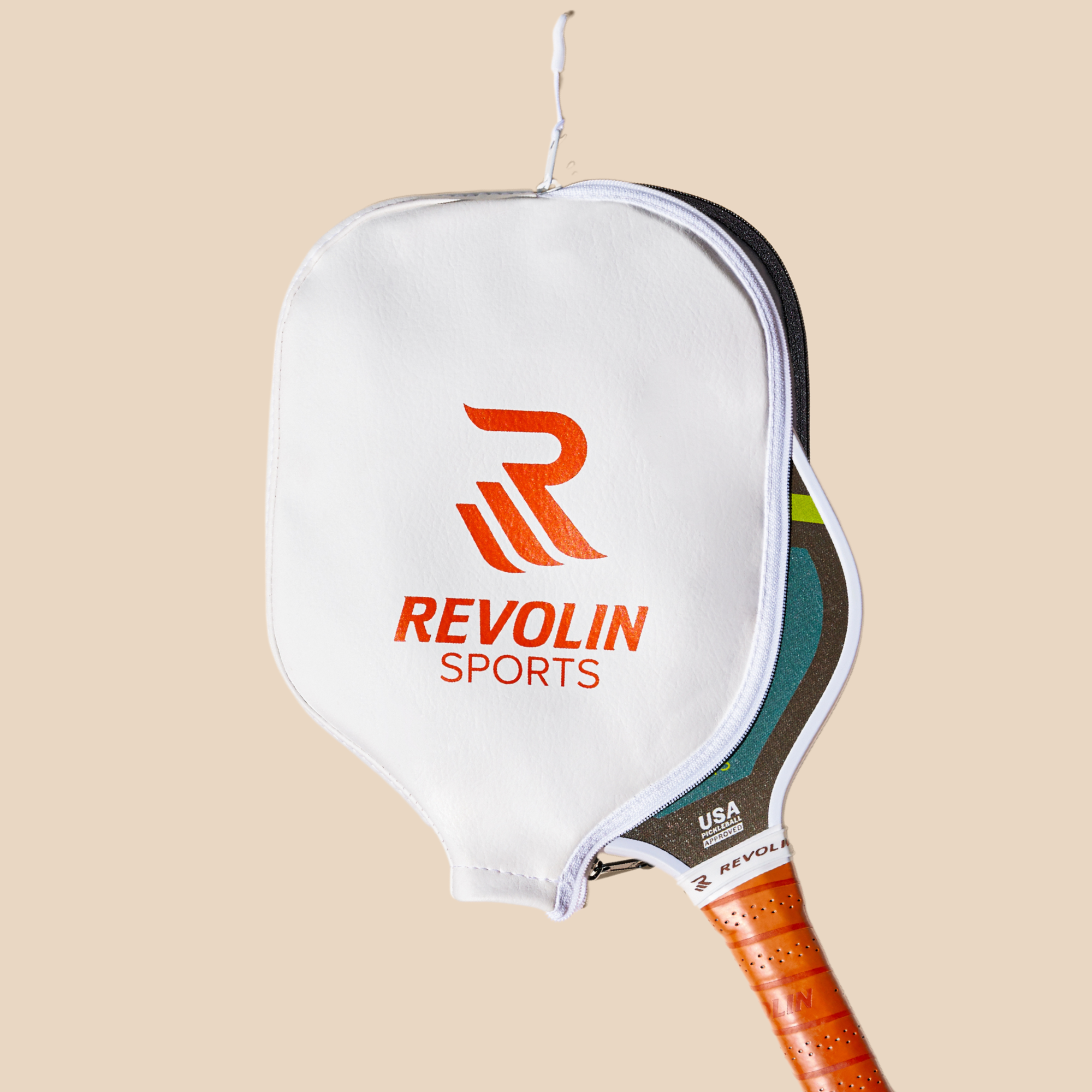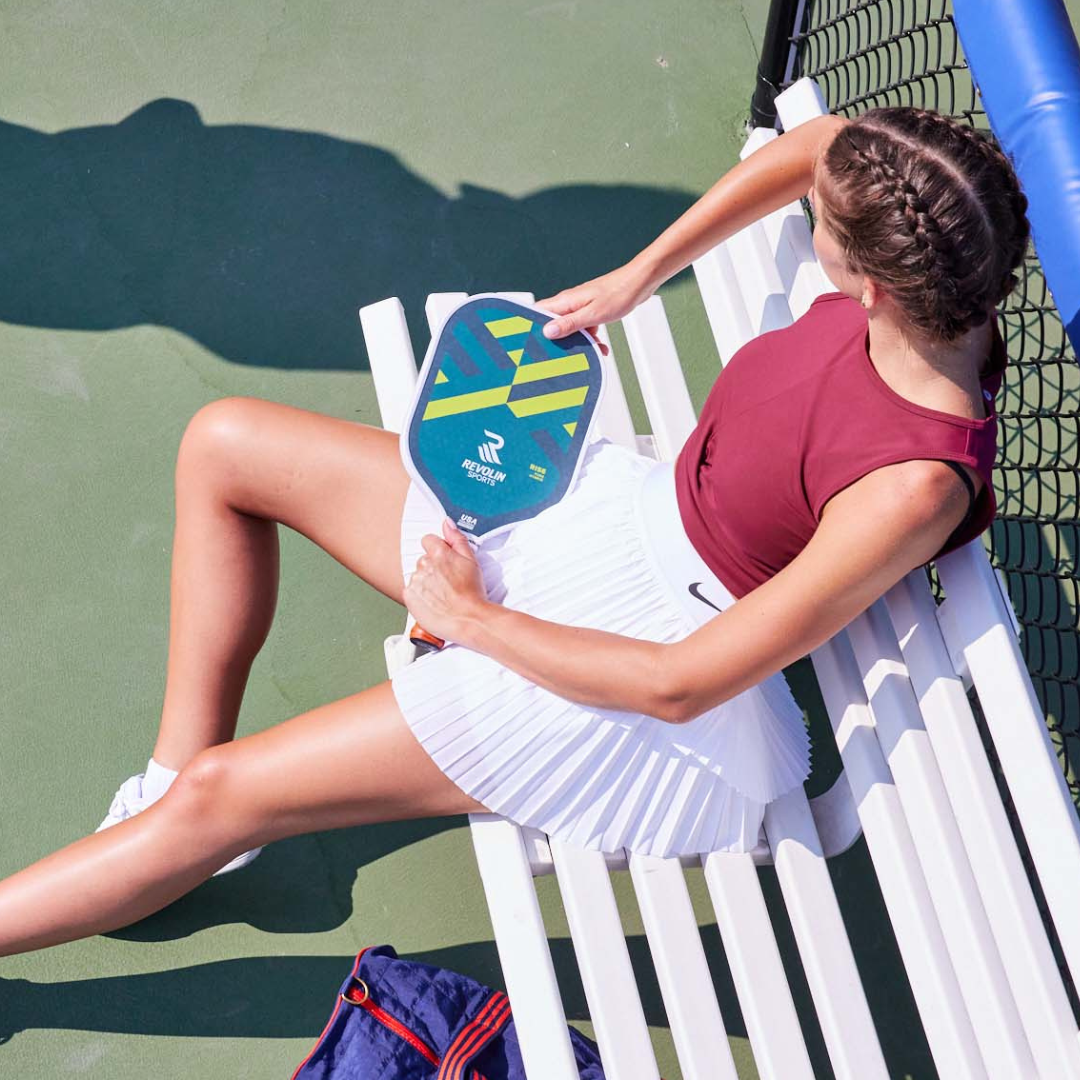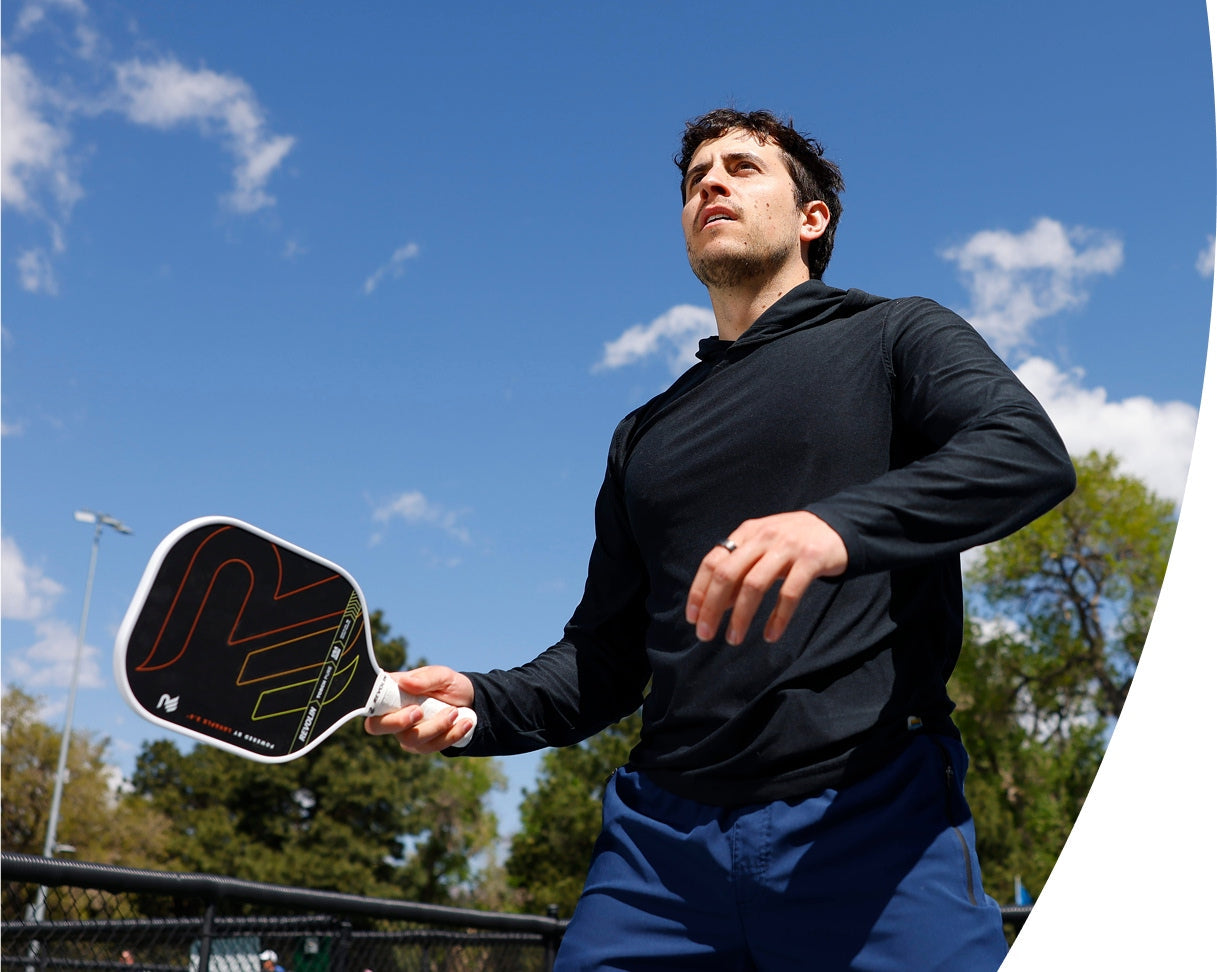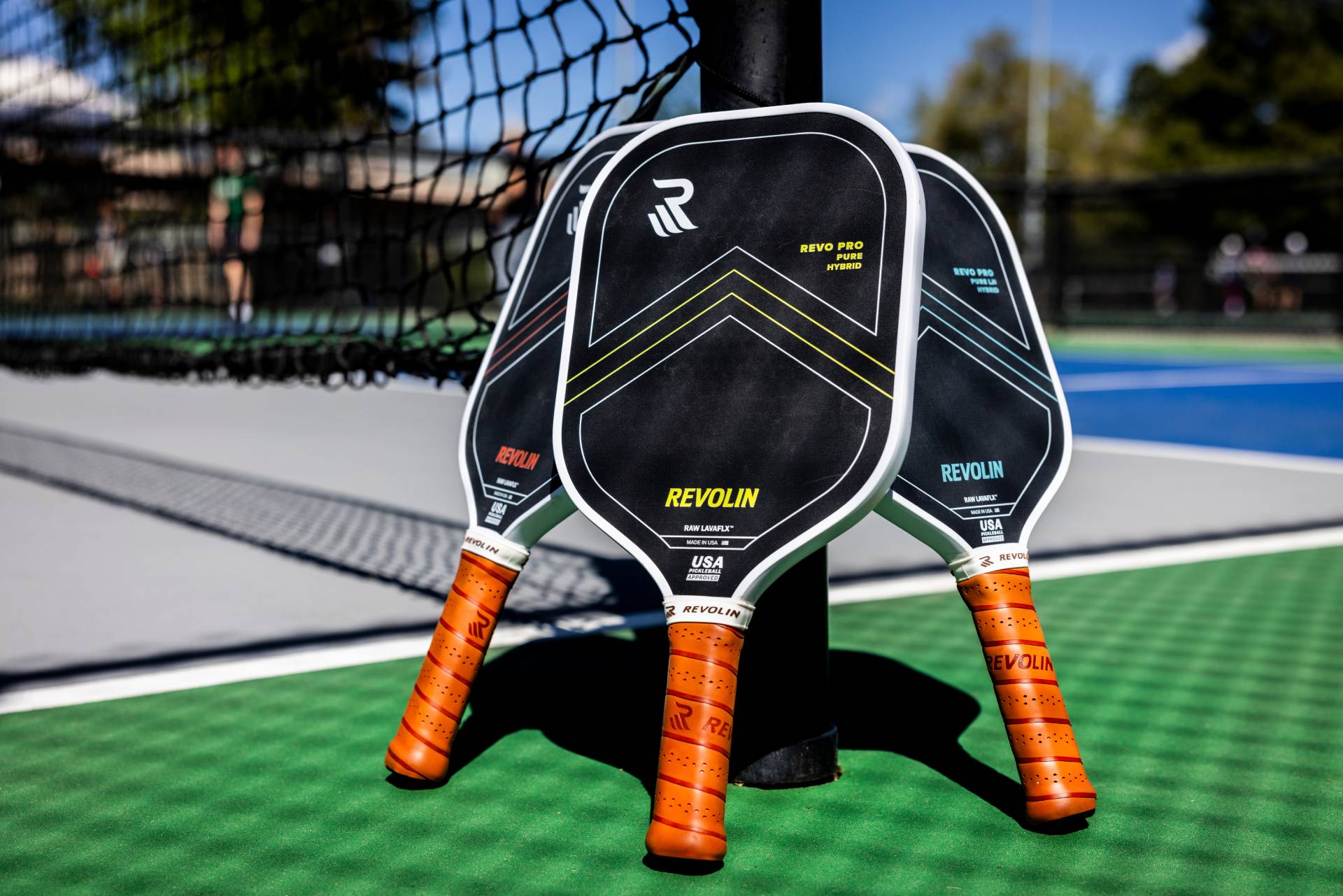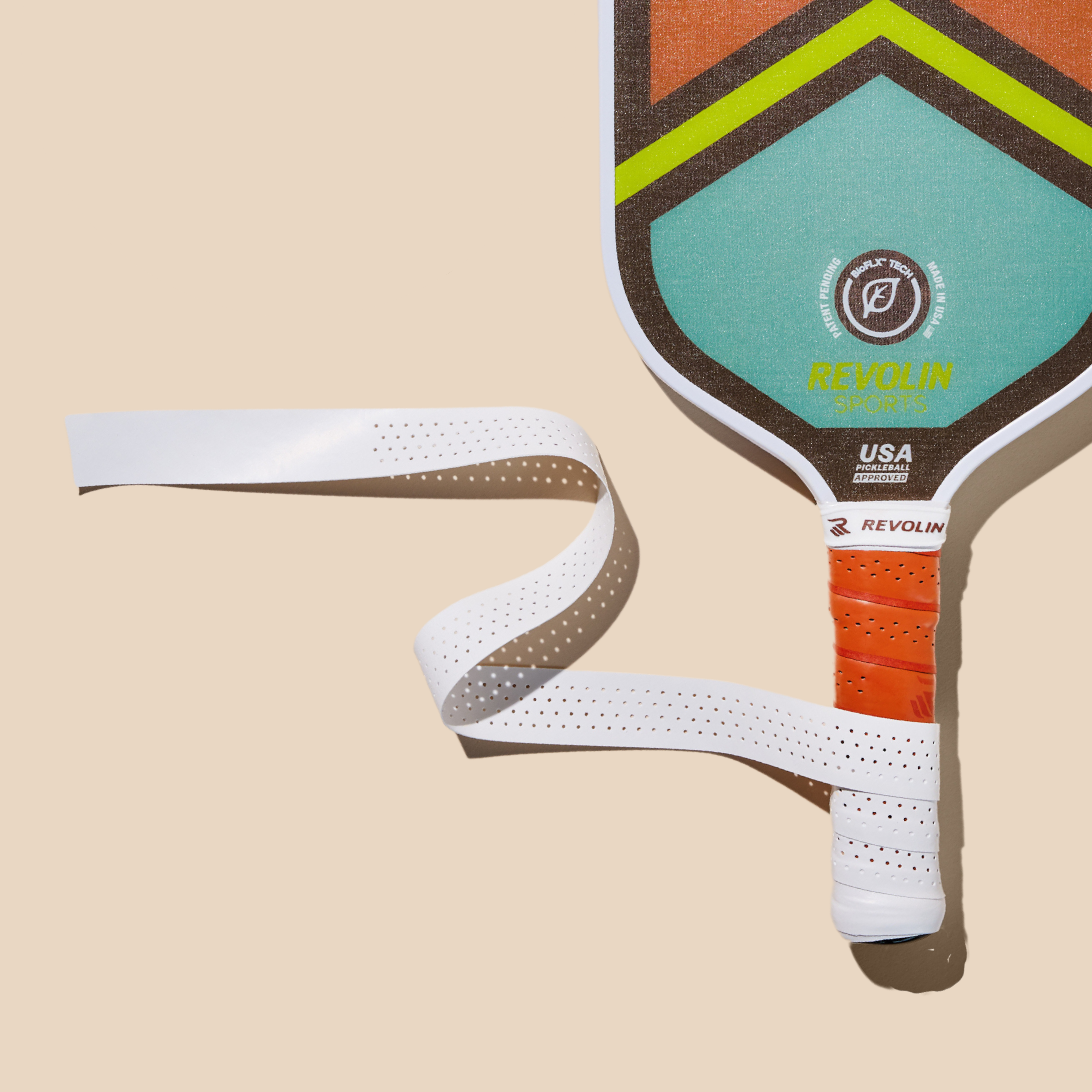When you're ready to take your pickleball game to the next level, one of the most effective tweaks you can make doesn't require buying a new paddle. It's something the pros have been doing for years: customizing paddle weight and balance through strategic weight placement.
Whether you're looking for more power on your drives, better stability at the net, or enhanced control for finesse shots, adding weight to your paddle can transform how it performs. Here's everything you need to know about this game-changing customization.
Why Add Weight to Your paddle?
Adding weight to your pickleball paddle isn't just about making it heavier—it's about strategically changing how the paddle feels and performs in your hand. The right weight placement can:
- Increase Power: More mass behind the ball means more energy transfer, resulting in harder shots with less effort.
- Improve Stability: A heavier paddle head provides more stability on off-center hits and reduces the paddle twist that can throw off your accuracy.
- Enhance Control: Strategic weight placement can help you feel more connected to the ball, giving you better touch for drops and dinks.
- Reduce Vibration: Additional mass can dampen unwanted vibrations, potentially reducing arm fatigue and discomfort.
Understanding paddle Weight Distribution
Before you start adding weight, it's crucial to understand how different placement affects your paddle's performance. The key areas for weight customization are
THE HEAD (TOP OF PADDLE) - Adding weight to the top of your paddle increases what we call "head-heavy" balance. This shifts the paddle's center of gravity away from your hand, creating:
- More Power: The additional mass at the top generates more momentum through the swing
- Better Stability: Heavier heads resist twisting on off-center hits
- Slower Hand Speed: The trade-off is reduced maneuverability at the net
THE THROAT (MIDDLE SECTION) - Weight added to the throat area—roughly where the handle meets the paddle face—provides:
- Balanced Feel: Maintains the paddle's original balance point while adding overall mass
- Moderate Power Increase: Some additional power without sacrificing too much maneuverability
-
Enhanced Sweet Spot: Can expand the effective hitting area (this is assuming the weight does not go below the bottom corners)
THE HANDLE - Adding weight to the handle creates a "head-light" feel that offers:
- Faster Hand Speed: Lighter paddle head allows for quicker reactions
- Better Control: Enhanced feel for touch shots and net play
IMPORTANT TO REMEMBER: Symmetrical Application - Always apply weight symmetrically to maintain balance. If you add tape to one side, add the same amount to the other side.
The Lead Tape Method: Zone-Based Customization
Lead tape is the most common and effective way to add weight to your paddle. This thin, adhesive-backed tape allows for precise customization. Here's how different zones affect your game.
ZONE 1 - TOP EDGE
Best For: Players seeking maximum power
Effects:
- Dramatically increases power on drives and overhead shots
- Reduces hand speed for quick exchanges
-
Creates the most head-heavy feel
Who Should Try It: Baseline players who prioritize power over quick hands, singles players, and those who struggle to generate enough pace on their shots.
ZONE 2 - UPPER SIDES
Best For: Versatile players wanting balanced improvements
Effects:
- Moderate power increase
- Improved stability
- Slightly larger effective sweet spot
Who Should Try It: All-court players who want a bit more pop without sacrificing net game, intermediate players looking to add power while maintaining control.
ZONE 3 - MIDDLE SIDES/THROAT
Best For: Control-oriented players
Effects:
- Enhanced stability and sweet spot size (will still feel “poppy”)
- Minimal impact on hand speed
-
Better feel and control for touch shots
Who Should Try It: Players with a finesse game, those who play a lot of doubles, and anyone who wants stability without changing the paddle's balance dramatically.

How Much Weight Should You Add?
Start small and build gradually. Here are our recommendations:
- Beginners to Weight Modification: Start with 3-5 grams
- Experienced Players: Can experiment with 5-10 grams depending on desired effect
- Maximum Recommendation: Where you add the weight will make a big difference, if you add it on the lower corners you'll be able to add much more weight and see a lot of benefits without making the paddle too heavy to play. Adding at the top corners of a paddle can make a paddle unplayable with a lot less weight.
Types of Weighted Tape
LEAD TAPE:
- Less expensive
- Can have toxic properties which requires safe handling (we recommend covering your lead tape with electrical tape once it's applied to your paddle to reduce the chances of scrapping the lead tape off)
TUNGSTEN TAPE:
- Non-toxic
- Easier to handle
- Can be more expensive
Step-by-Step Application Guide
What You'll Need:
- Lead tape or tungsten tape (available at tennis/pickleball shops or online)
- Scissors or utility knife
- Clean cloth
- Scale (optional, for precise measurement)
Application process
- Clean the Paddle: Wipe down the area where you'll apply tape with a clean, dry cloth.
- Cut the Tape: Start with small pieces—about 1-2 inches long for initial testing.
- Apply Strategically: Place tape on the edges rather than the hitting surface to avoid affecting ball contact.
- Test and Adjust: Play with the modification for at least a few sessions before adding more weight.
- Fine-Tune: Add or remove tape until you find the perfect feel.
Advanced Customization Tips
- Edge Placement: Apply tape to the paddle's edge frame rather than the hitting surface to avoid affecting the ball's interaction with the paddle face. Tape should never be placed on the paddle face. It should only go on the edges.
- Permanent Solutions: Once you've found your ideal weight distribution, consider having the modification done professionally or exploring paddles that come with your preferred weight distribution.
- Document Your Changes: Keep track of what you've added and where, so you can replicate successful modifications or make adjustments.
Who Benefits Most from Weight Modification?
- Power-Seeking Players: If you find yourself struggling to put balls away or lacking pace on your drives, adding weight to the top of your paddle (Zone 1) can provide the extra pop you need.
- Players with Tennis Backgrounds: Former tennis players often prefer the feel of a heavier paddle head, as it more closely mimics the weight distribution they're used to.
- Tall Players: Longer reach often benefits from the additional leverage that head-heavy paddles provide, allowing you to generate more power with less effort.
- Control-Focused Doubles Players: Adding weight to the throat area (Zone 3) can enhance stability and control without sacrificing the quick hands needed for net exchanges.
Common Mistakes to Avoid
- Adding Too Much Too Fast: Your muscle memory needs time to adjust. Dramatic weight changes can actually hurt your game initially.
- Ignoring Balance: Adding weight to only one area can create an unbalanced paddle that feels awkward and affects your accuracy.
- Covering the Sweet Spot: Avoid placing tape where you frequently make contact with the ball, as this can deaden the feel.
- Not Testing Thoroughly: Give each modification several playing sessions before making additional changes.
When Weight Modification Isn't the Answer
While adding weight can solve many performance issues, it's not always the right solution. Consider other factors if:
- Your paddle is already quite heavy (over 8.5 oz)
- You're experiencing arm or shoulder discomfort
- Your technique needs fundamental improvement
-
You're using an outdated or low-quality paddle
Bring the Awe to Your Game
The beauty of paddle customization lies in its ability to transform your existing equipment into something that perfectly matches your playing style. Whether you're looking to add more power to your third shot drives or seeking better stability for those crucial net exchanges, strategic weight placement can help you bring the awe to every point.
Remember, the best paddle modification is one that feels natural and enhances your strengths while addressing your weaknesses. Start small, test thoroughly, and don't be afraid to experiment. After all, the perfect paddle is the one that helps you play your best pickleball.



